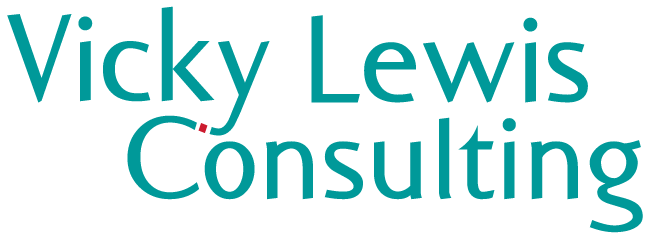International Strategy for Higher Education Institutions
International Strategy for Higher Education Institutions

Posted on by Vicky Lewis

I am currently working on a research project which explores the profile of the international / global dimension in institutional strategic plans right across the UK Higher Education sector. Rather than waiting until I’ve finished analysing everything, I’m going to share emerging observations as I go (with the caveat that my thinking may change as I get further through the project).
Today’s blog provides an overview of the UK HEI strategic plan landscape and makes some observations about institutions’ different approaches to weaving in an international dimension.
Almost all UK HEIs publish their strategic plan (also referred to as corporate plan, corporate strategy, strategic framework etc.) on their website. Out of 142 institutions, there were five where I couldn’t find a strategic plan (when I looked in September 2020). A further three published undated plans.
Of those with a clear end date, around a quarter ‘expired’ in 2020 (or in two cases 2019). Some websites explained about Covid-related delays and gave a timescale for publication of the new strategic plan. Most did not. The remaining end dates were roughly evenly split between the 2021-2024 period and 2025 onwards (with 15 strategic plans running until 2030 or beyond).
The fact that the strategic plans were developed at different times gives them different flavours. A document published in 2013 is not responding to the same external imperatives and challenges as one published in 2020.
They also cover different timeframes: from two years to 20 years. By far the most popular duration is five years, though time horizons of ten years and longer seem to be increasingly common. The University of Aberdeen’s new strategy runs for a full 20 years from 2020 to 2040. This is interesting since a study of Canadian HEI strategic plans by Higher Education Strategy Associates suggests that the standard time horizon in Canada is five years, with little deviation from this.
The UK institutions to which the plans relate differ enormously in mission, size and maturity, especially in the area of internationalisation which is the lens through which I’m viewing the plans.
The documents themselves also vary in length, style, level of detail and format. Some come across as promotional puff pieces. Others are open and honest about the areas where improved performance is needed. Some make very general statements of ambition (which, one assumes, are fleshed out in internally-facing supporting strategies). Others spell out extremely specific targets and actions designed to help achieve these.
A small number of them feel as if they are a stage on a journey, building on the achievements of the past and putting in place what is needed over the coming years to move towards a clear vision of the future: part of an ongoing narrative. Many of them, however, neglect to share any real evaluation of how effectively the previous strategic plan’s aims were realised or any analysis of what this means for the new plan.
This may, of course, have something to do with changes in leadership and the desire to offer a ‘fresh start with a new strategy’. However, it is not always a helpful approach from the point of view of key stakeholders (including staff) as it leaves certain aspects fuzzy (or even swept under the carpet).
Homing in on the profile of the international dimension within institutional strategies, there is again much variety. There seems to be a spectrum (linked to maturity of approach) roughly along the following lines:
|
Maturity of institutional approach to internationalisation |
Profile of global / international dimension in institutional strategic plan |
|
Early days / other priorities |
Low profile, just the odd reference |
|
Emerging |
Mentions scattered across core themes |
|
Explicit area of focus |
Features as a dedicated core, enabling or cross-cutting theme in its own right |
|
Embedded |
Fully integrated into ethos and content |
In the strategies of institutions that are indisputably global in reach and international in character (e.g. University of Oxford), it is interesting to note that the global dimension seems to be slightly less prominent than one might expect, almost as if it goes without saying and no longer needs drumming home.
Of course, some institutions choose to focus on other priorities. And, for those that do seek to become more globally engaged, progressing through the different stages is not necessarily a linear process. It is possible to reach the embedded stage without having produced a strategy which includes an explicitly international theme. However, many institutions do choose to highlight the international dimension as a way to signal its importance, using the strategy as a lever for focused changes in this area.
There are so many avenues to explore that it takes me back to trying to find a topic for my DBA thesis that was manageable and didn’t result in me haring off in lots of different directions! I’m particularly interested in how globally orientated content / priorities have changed over time (e.g. strategies developed in 2013/14 vs those published in 2020). I’m also fascinated by how international success is measured (generally in a pretty narrow way….) and the risks of a rhetoric / reality gap. I’ll be sharing some further thoughts on this shortly.
|
|